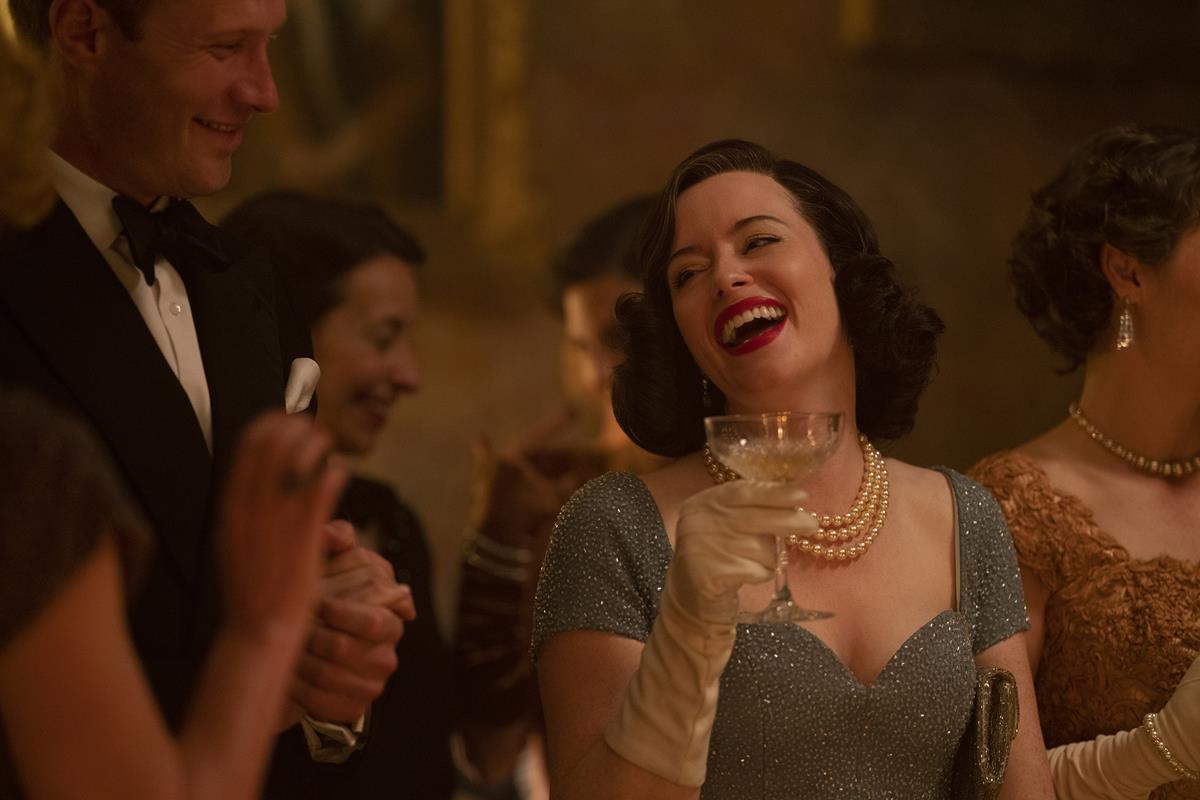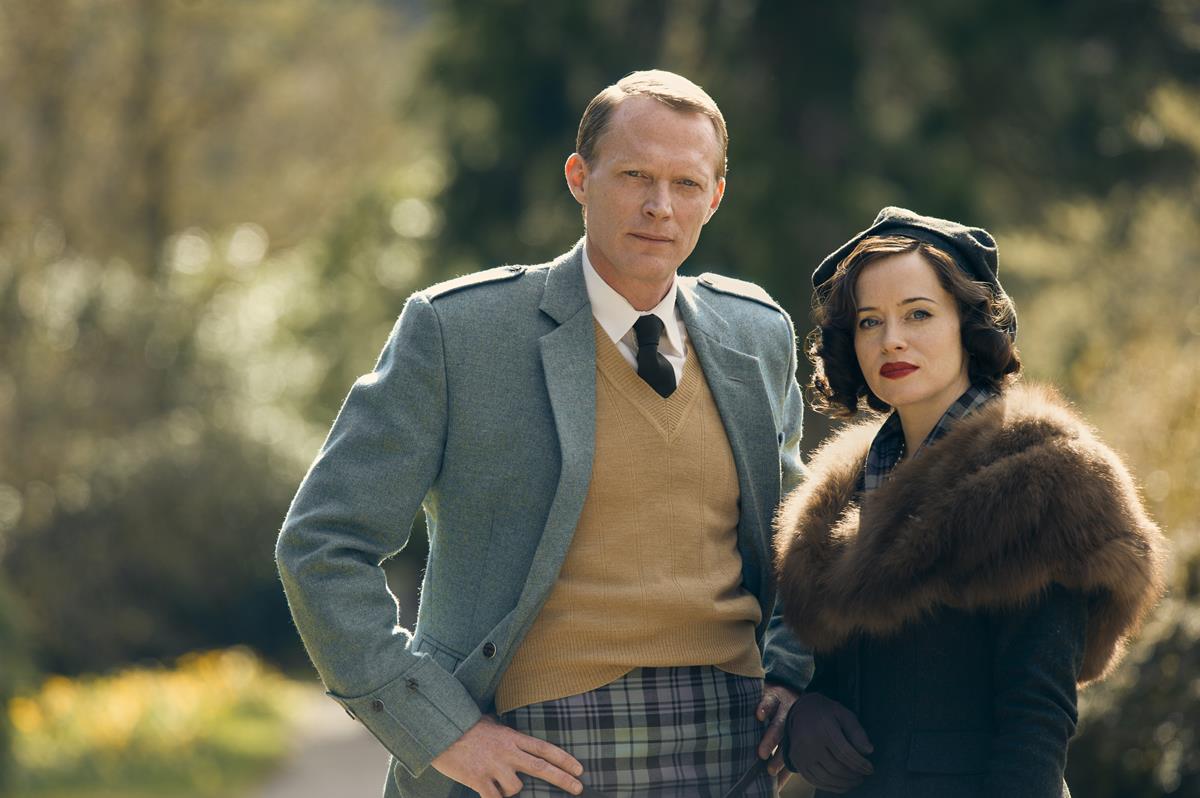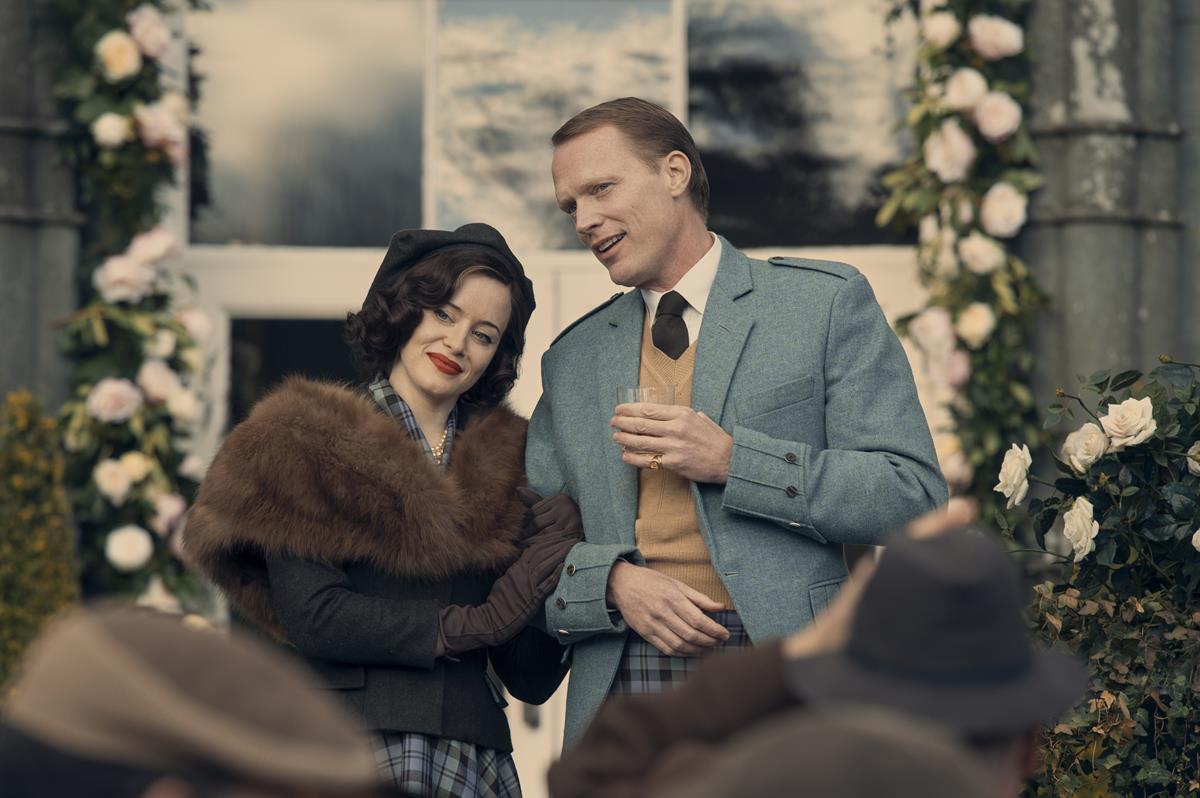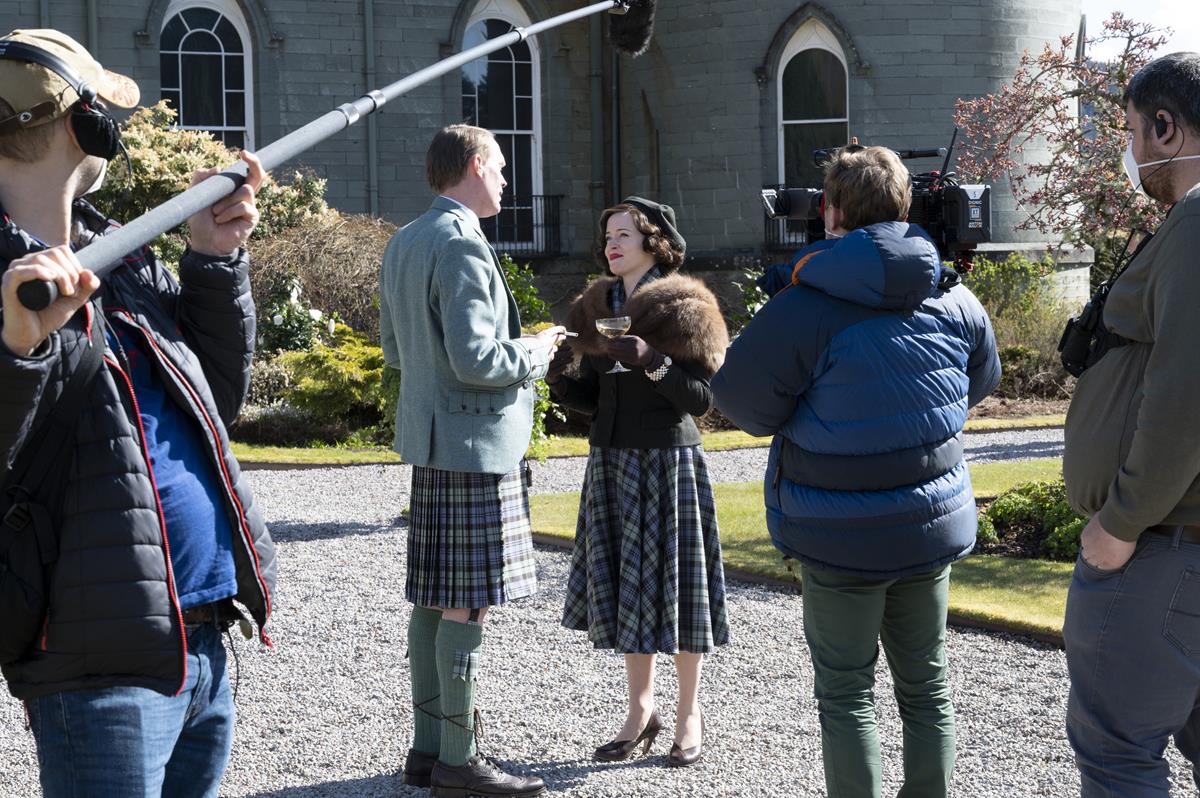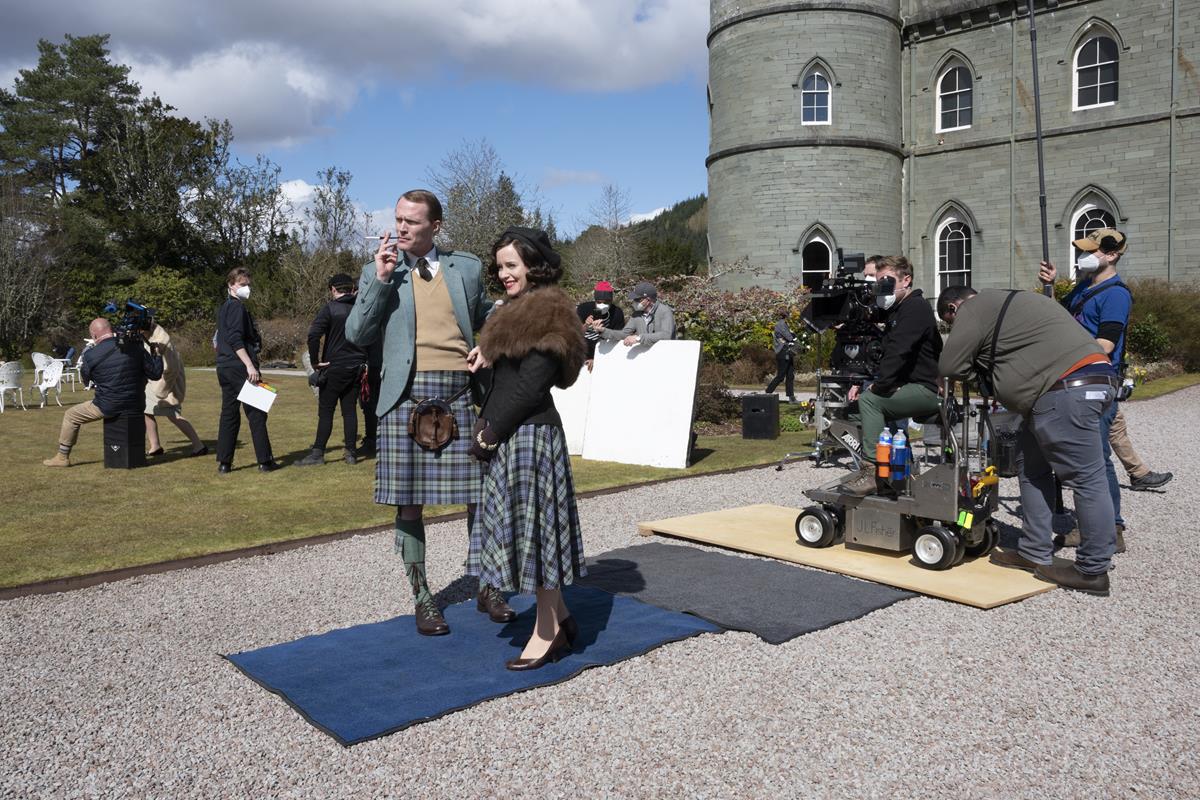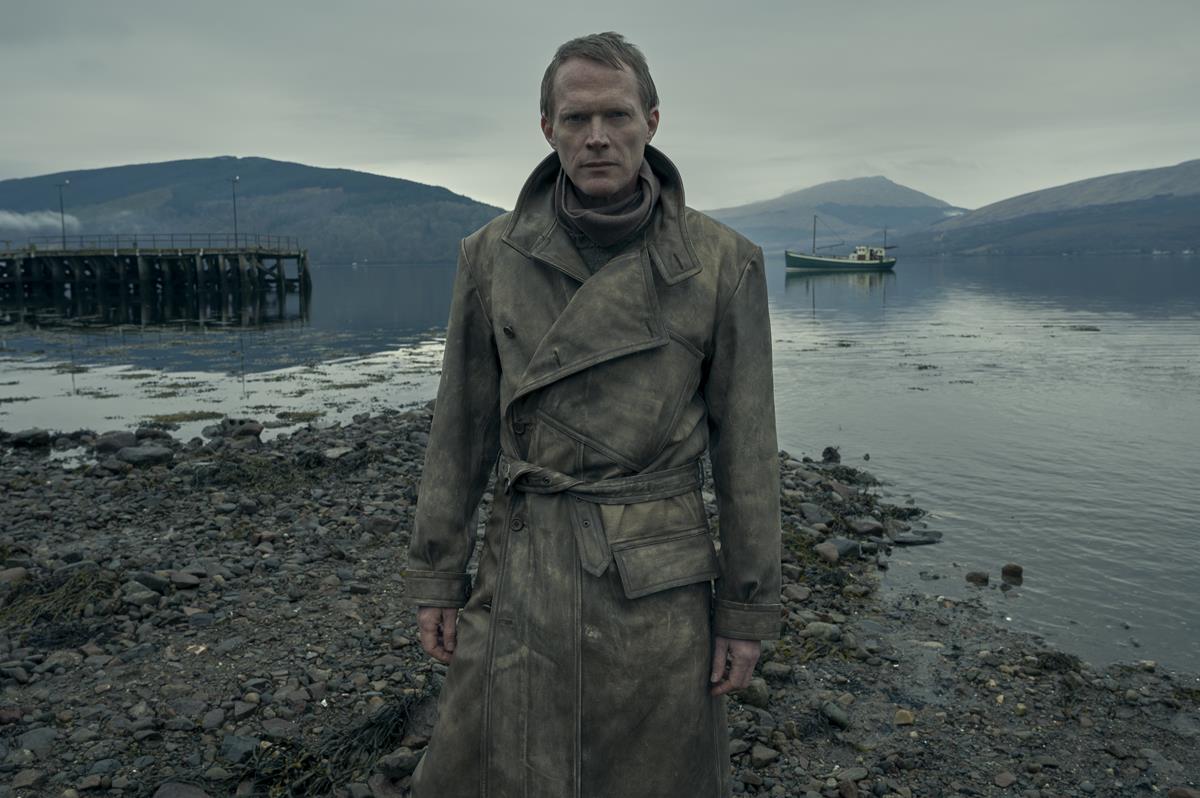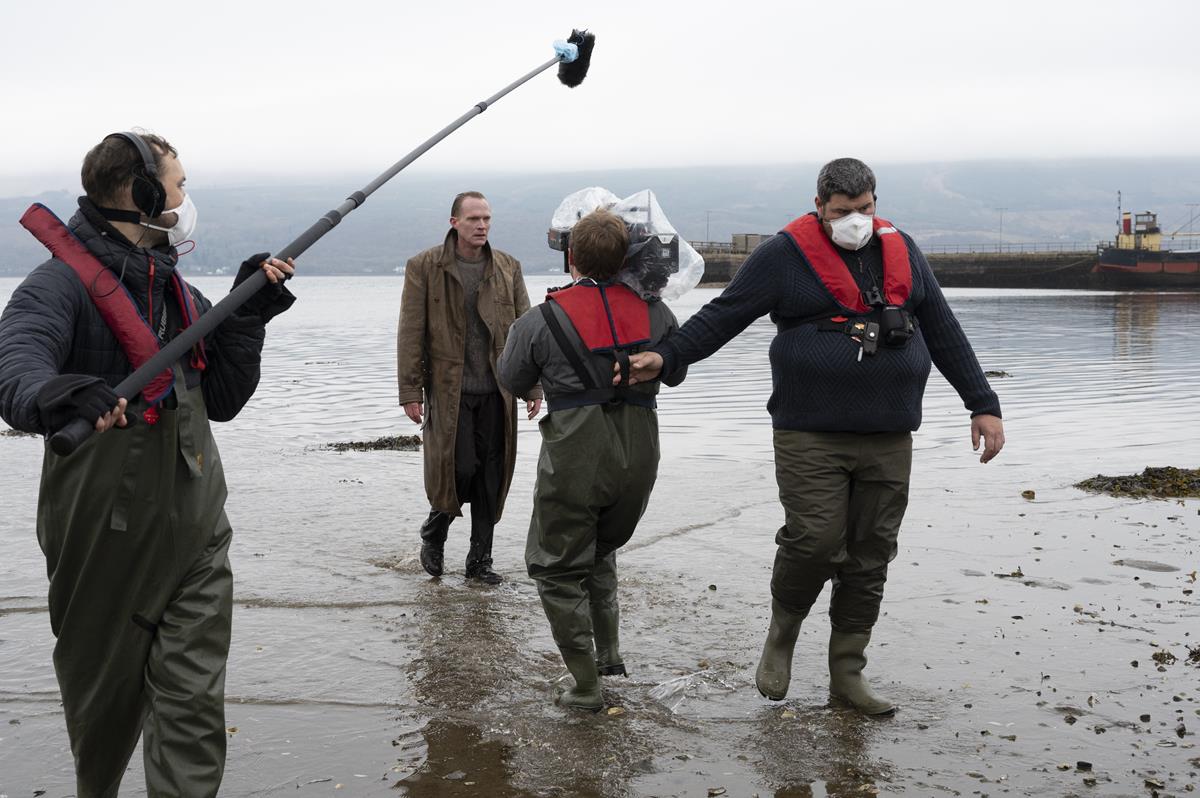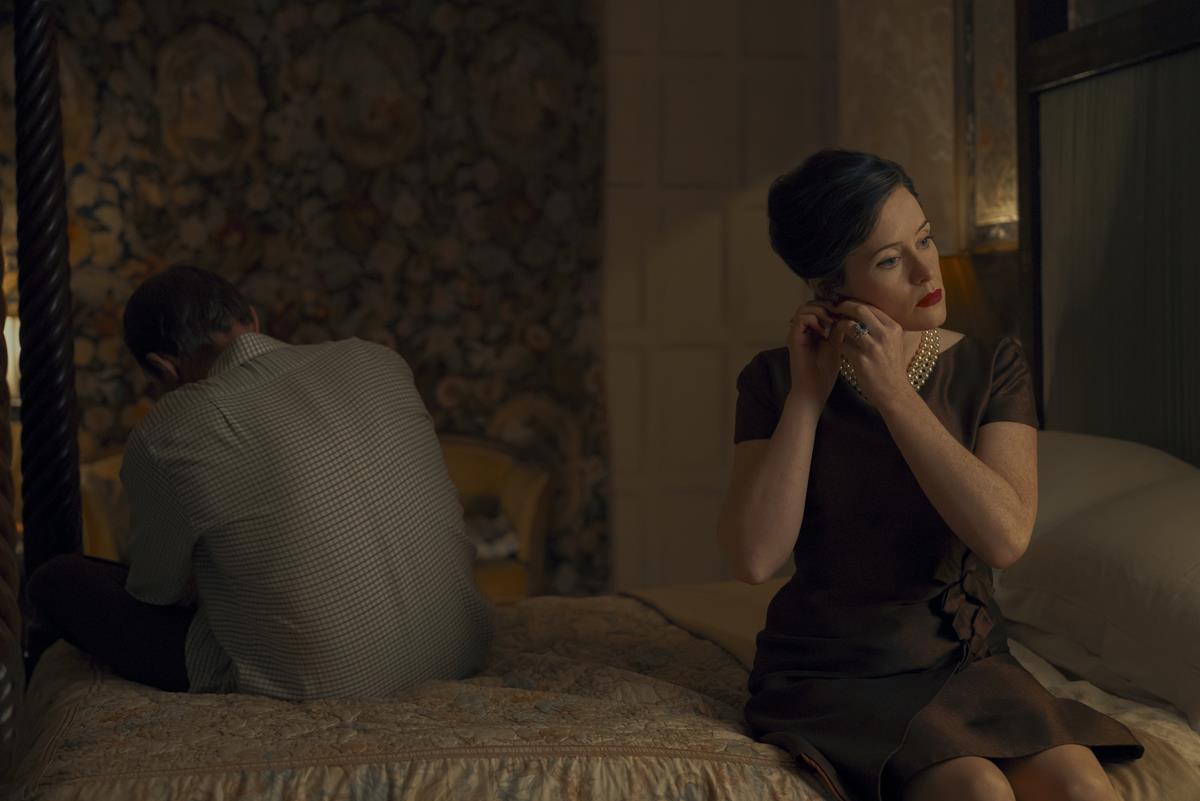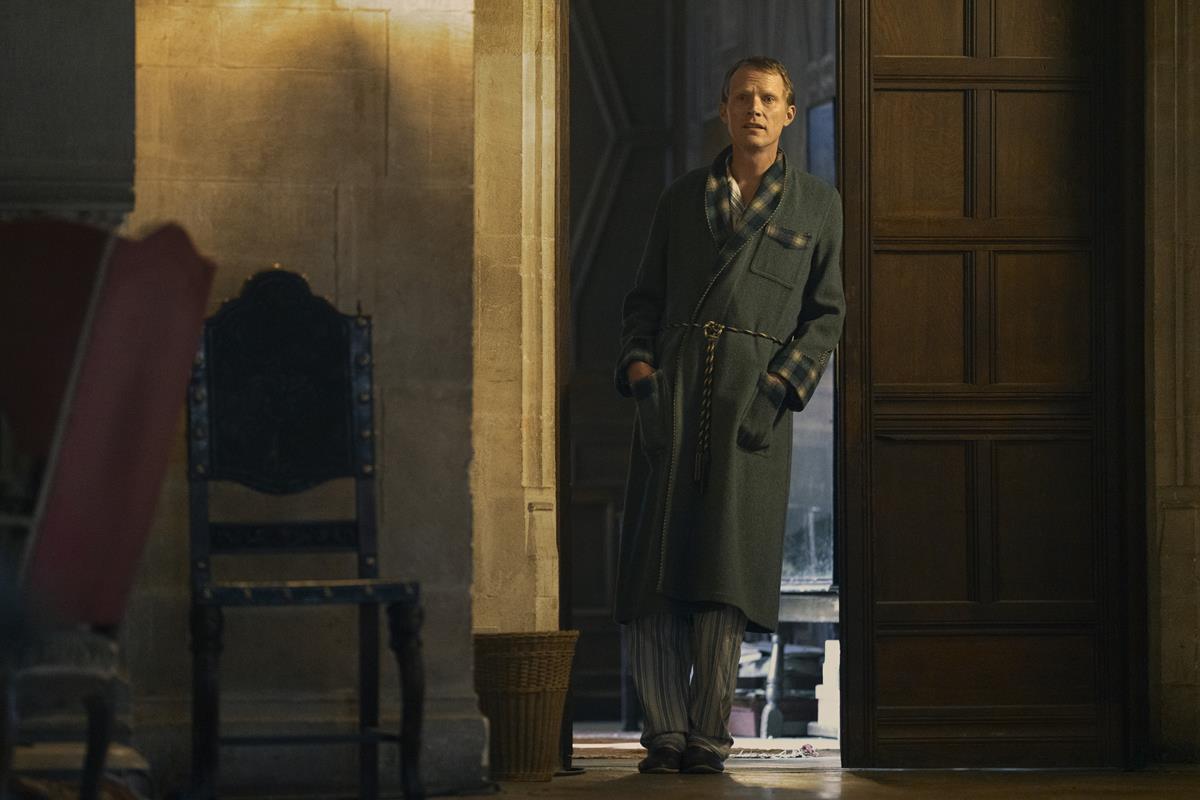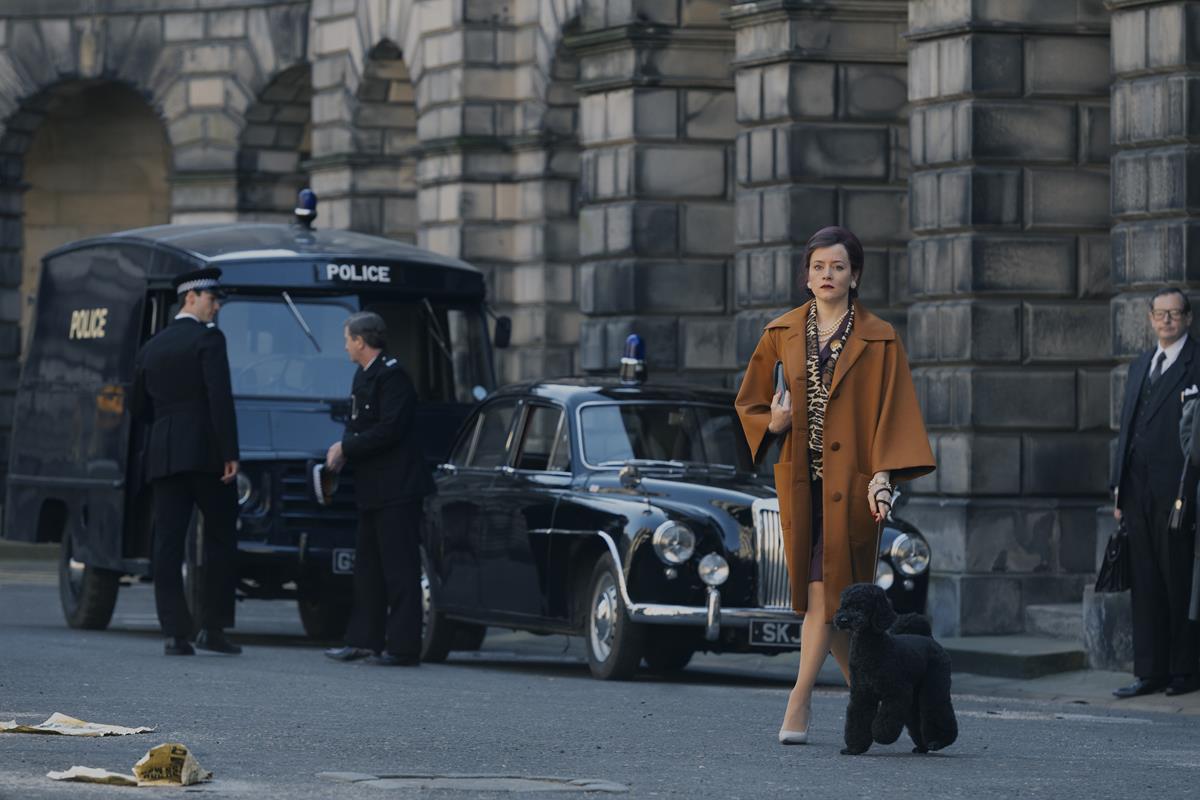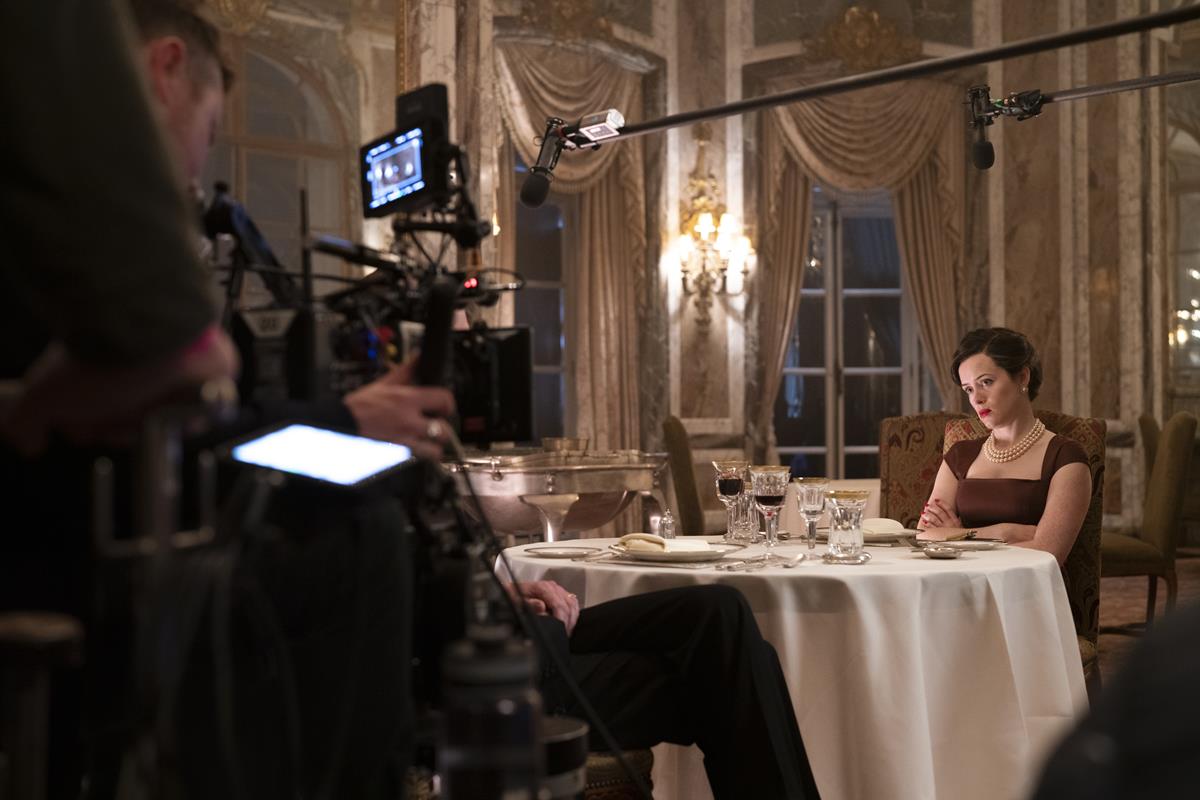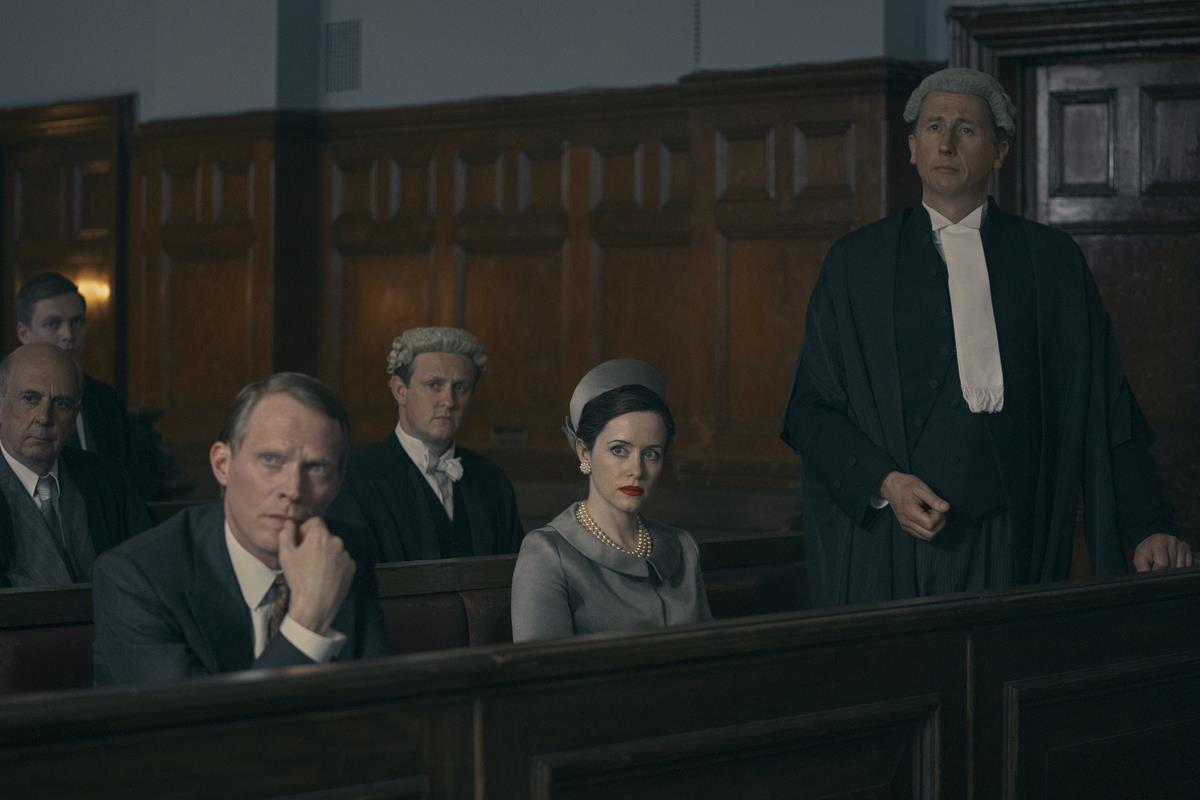
It was 1993 when Sara Phelps, the writer of A Very British Scandal, first heard about the story of the “Dirty Duchess,” as she was called in her obituary. Speaking to the BBC, Phelps recalled the story that lead her to write the new drama series.
“A Very British Scandal is the tempestuous marriage and the bitter, brutal divorce of the Duke and Duchess of Argyll. It’s a story about a woman who refused to be slut shamed, who refused to go quietly and refused to do as she was told.
“She set fire to the expectation of her class, gender and her sex rather than go quietly. She put the private lives of the wealthy, the landed and the titled all over the front pages, not the untouchable great and good, but bare forked animals.
“She was spoiled, troubled, complex, demanding, infuriating, beautiful, stylish, silly, generous, vain, bloody-minded, very funny and brave. I love her for all of it.”
READ MORE: Introduction to A Very British Scandal, by Sarah Phelps (BBC)
A Very British Scandal turns this scandal inside out in order to explore the social and political climate of post-war Britain, looking at attitudes towards women, and asking whether institutional misogyny was widespread at the time.
As her contemporaries, the press, and the judiciary sought to vilify her, Margaret Campbell kept her head held high with bravery and resilience, refusing to go quietly as she was betrayed by her friends and publicly shamed by a society that reveled in her fall from grace.
The series focuses on the divorce of the Duke (Paul Bettany) and Duchess of Argyll (Claire Foy), one of the most notorious, extraordinary and callous legal cases of the 20th century.
LIGHTS, CAMERA, ACTION! SPOTLIGHT ON FILM PRODUCTION:
From the latest advances in virtual production to shooting the perfect oner, filmmakers are continuing to push creative boundaries. Packed with insights from top talents, go behind the scenes of feature film production with these hand-curated articles from the NAB Amplify archives:
- Savage Beauty: Jane Campion Understands “The Power of the Dog”
- Dashboard Confessional: Ryusuke Hamaguchi’s “Drive My Car”
- “Parallel Mothers:” How Pedro Almodóvar Heralds the New Spanish Family
- “The Souvenir Part II:” Portrait of the Artist As a Young Woman
- Life Is a Mess But That’s the Point: Making “The Worst Person in the World”
Famed for her charisma, beauty and style, Campbell, the Duchess of Argyll, dominated the front pages, as a divorce featuring accusations of forgery, theft, violence, drug-taking, secret recording, bribery and an explicit polaroid picture — all played out in the white-hot glare of the 1960s media.
The series director, Anne Sewitsky, explained to the BBC why the story is so relevant to today after more than 60 years. “I think it is relevant in the way of looking back and seeing a woman who thought she was equal, and that the fight was equal, but in the end she loses because she’s a woman and because she can be shamed.
“They did terrible things to her, such as trying to commit her into a mental hospital, saying how she was a highly sexualized woman because of the way she was acting. It’s important to be able to look back as I don’t think the world is like that now. In our story I feel that we look mainly on the relationship and the love story between them but the result of that is that she’s shamed.”
The series is also noteworthy for its look, which could be described as a velvety, high-contrast aesthetic. Jon Fauer of Film and Digital Times asked cinematographer Si Bell about his choices. “We used ARRI ALEXA Mini with Canon K35 primes. We tested a lot of lenses. We tried large format, anamorphic, different cameras. I had shot Peaky Blinders on the MONSTRO 8K.

“We were talking about a very fluid style requiring a very light handheld camera, with lenses that flared and had a soft feel. We loved the K35 lenses and what they brought. Because we weren’t locked into having to shoot full 4K, we could use the Mini, and the K35 covered the Mini’s Super35 image area.
“Anne Sewitsky, the director, and I liked the vintage Canon K35 primes for their look, size and close focus ability. There’s a lot of dynamic camera movement, handheld, and very, very close shots where we’re really in the faces of the characters.
“It was funny, because when we first started shooting, Claire Foy asked me, “Why are you so close?” When she did The Crown, they were much further back on longer lenses. We knew this series was going to be compared to The Crown — it’s a similar period, it’s Claire Foy, it’s royal, it’s the UK, and it has similar locations. We wanted something unique and different. We had to try to create a look that was different.
“It was more vibrant, more colorful, handheld, close, flare-y, and soft.”
READ MORE: Si Bell on “A Very British Scandal” (Film and Digital Times)
Foy, who took the lead role of the limited series, commented on why she thought the story chimed all these years later. “Margaret’s sexuality seems to have become another personality or something outside of herself, which I find that really bizarre and strange. Calling her the ‘Dirty Duchess’ is so misogynistic and I would like to think things have changed, but I don’t think they have.
“I hope that it allows a woman who was judged, ridiculed, belittled, manipulated and taken advantage of by the legal system, to at least have that shown. I think that the law doesn’t particularly treat women very well at all and this is just one example of how the odds were not stacked in her favor. She was an interesting woman and the more stories about interesting women, the better.”
A Very British Scandal’s three, one-hour episodes are currently streaming on the BBC iPlayer in the UK, and will be available April 22 on Prime Video in the US, Canada, Australia and New Zealand.





